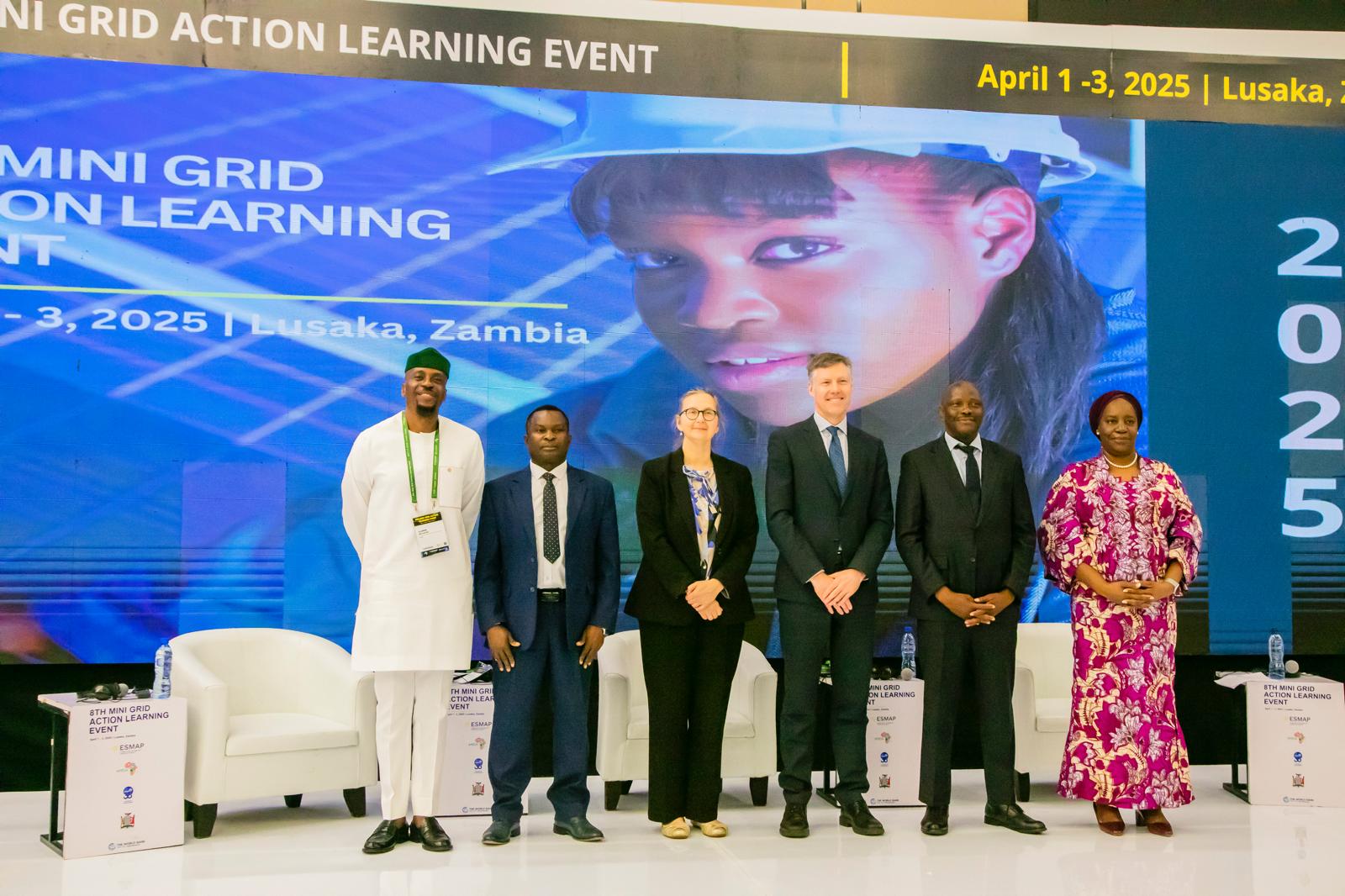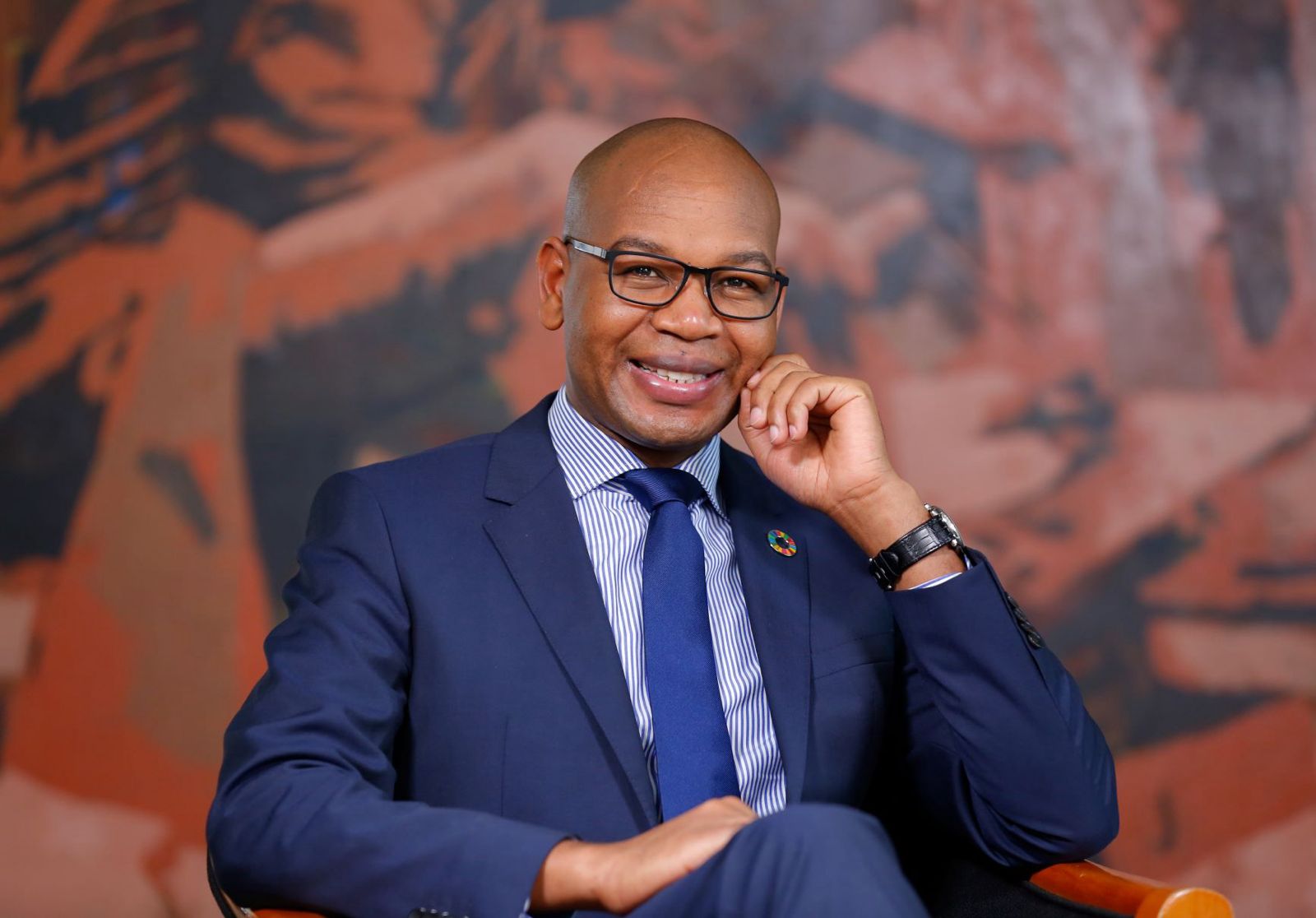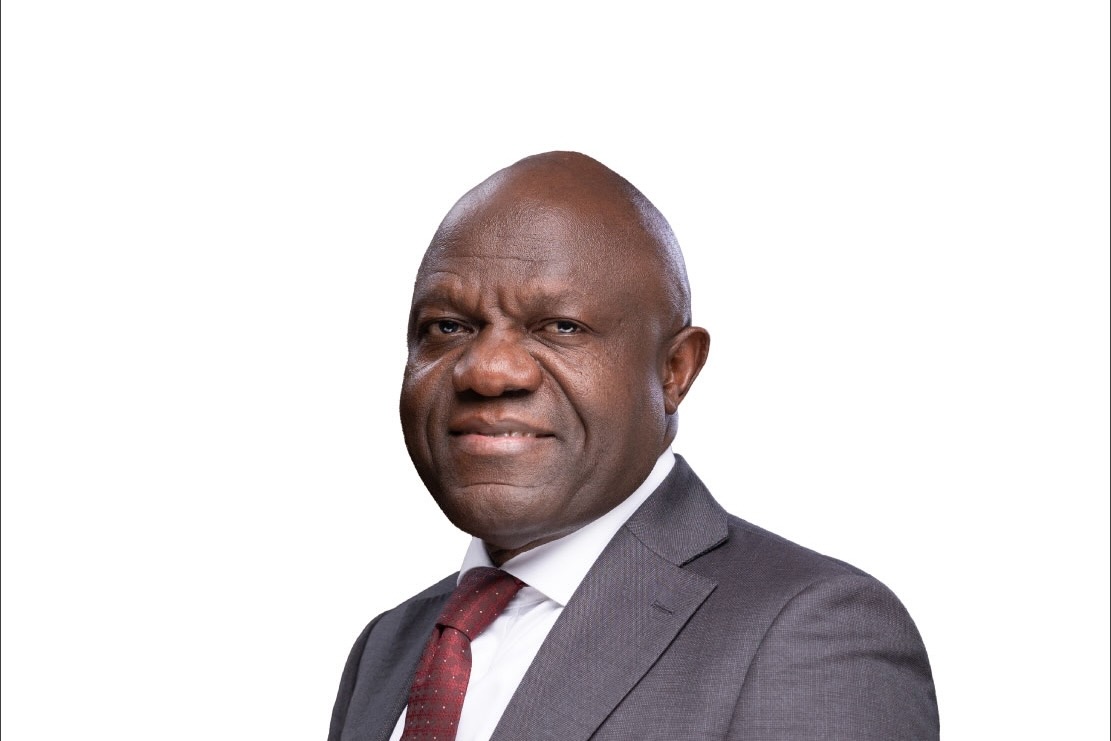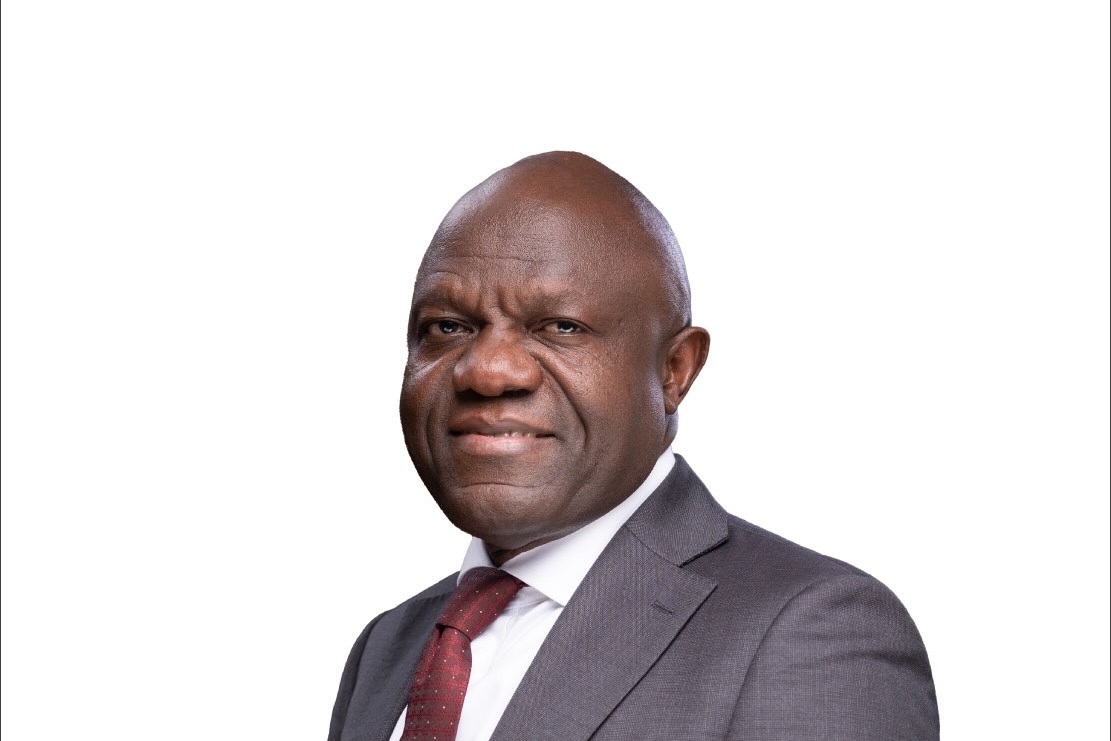Solar Mini Grids and Off-Grid Systems could bring electricity to 8.5 million Zambians by 2030
Solar Mini Grids and Off-Grid Systems could bring electricity to 8.5 million Zambians by 2030

Access to electricity in Zambia has risen from 30% in 2017 to currently nearly 50%. Whilst half of the population is connected, the remaining half will require new energy solutions. Zambia currently relies on hydropower for 80% its electricity generation, but recent droughts have shown the limitations of this energy source.
In collaboration with the World Bank, the Common Market for Eastern and Southern Africa (COMESA), the Africa Minigrid Development Association (AMDA), and other partners, the Government of Zambia is redoubling its efforts to invest in off-grid solar energy throughout the country to connect all Zambians.
“Our target is to have at least 200 solar mini-grids operational by 2030, ensuring that every rural district in Zambia has access to clean, affordable, and reliable electricity” – Makozo Chikote, Minister of Energy of Zambia.
Solar home systems – which are roof solar panels that provide electricity for lighting, charging phones and running certain appliances – as well as mini grids – which are solar electricity generation and storage plants that provide electricity to whole villages – have the potential to reach 8.5 million Zambians currently still without electricity. But while they are the cheapest and easiest way to connect remote population, developers are facing technical and financial obstacles.
A conference, organized by the World Bank’s Energy Sector Management Assistance Program (ESMAP), COMESA and AMDA from April 1 to 3 in Lusaka is bringing together mini grid developers, financiers, government representatives and development partners to look at the progress made in mini grid technologies and to discuss remaining impediments to their rapid deployment.
“Energy access changes people’s lives. It improves health and quality of life and helps create jobs and livelihoods that lift people out of poverty. The World Bank Group is partnering with the African Development Bank and other partners on Mission 300, an ambitious initiative to connect 300 million people to electricity in Sub-Saharan Africa by 2030 and accelerate development and poverty reduction. In Zambia, Mission 300 includes supporting an acceleration of the deployment of distributed renewable energy.” – Achim Fock, Country Manager for Zambia.
With an average of 24 inhabitants per square kilometer, Zambia is amongst the least densely populated countries in the world, making electricity grid extension challenging and costly. The World Bank is supporting Zambia’s electricity access initiatives, including the development of mini-grids, through projects like the Electricity Services Access Project (ESAP) and the Zambia-Tanzania Interconnector Project (ZTIP), aiming to expand access to affordable and sustainable energy.



Leader of Opposition criticizes government’s budget priorities
Next Post
Vinka, Fik Fameica to electrify MUBS Cultural Gala

Vinka, Fik Fameica to electrify MUBS Cultural Gala
Source: PML Daily
Share this content:




Post Comment